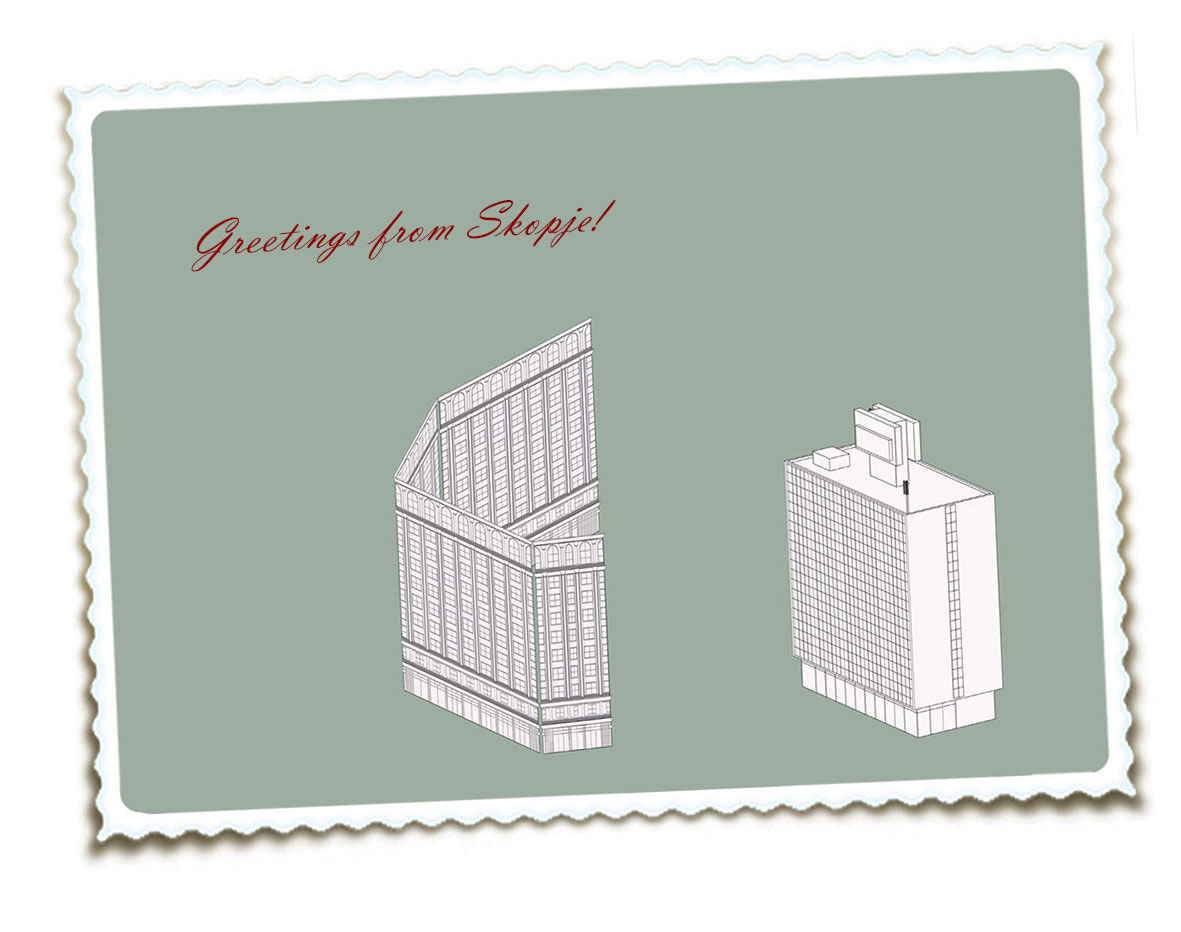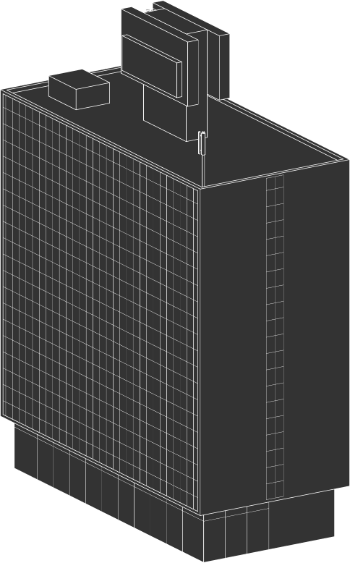Former Electric Power Company of Macedonia ESM
Branko Petričić
1962
Facade Reconstruction (ongoing)
Zharko Chausheski
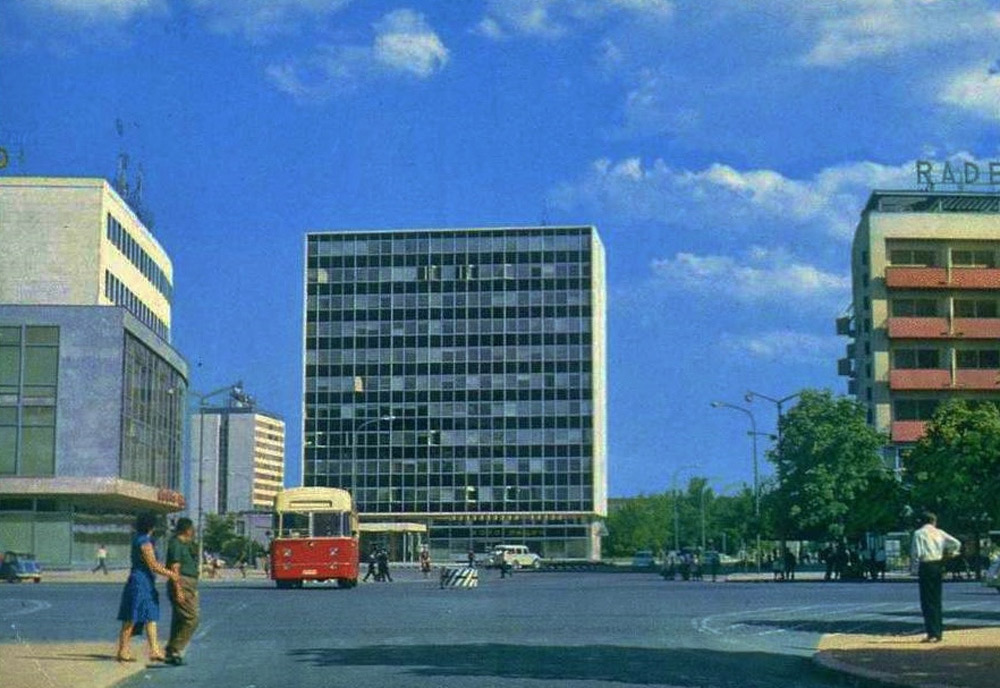
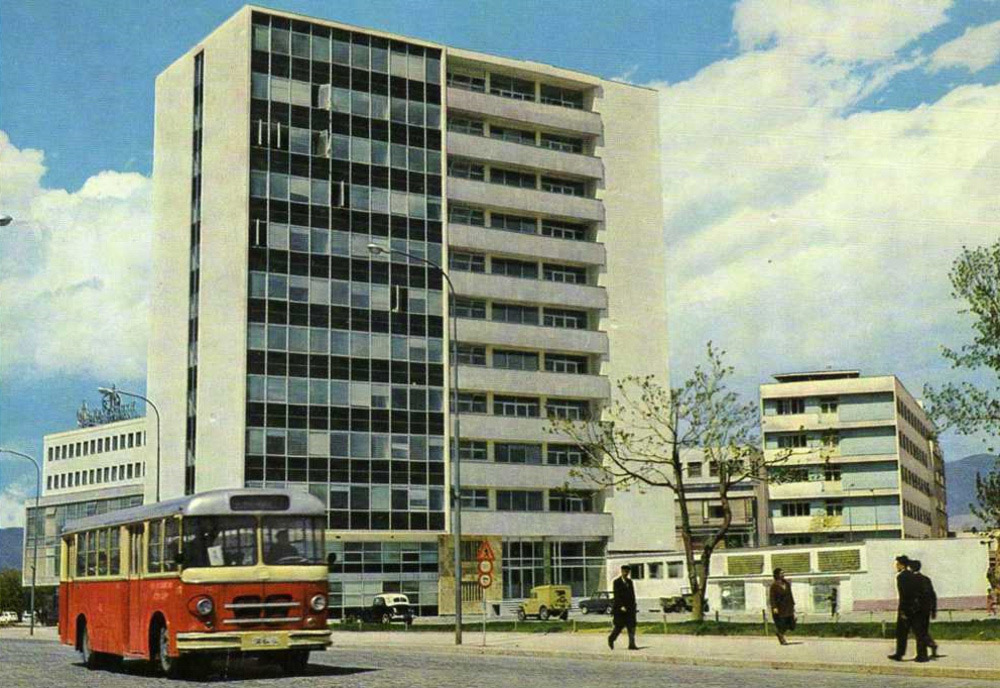
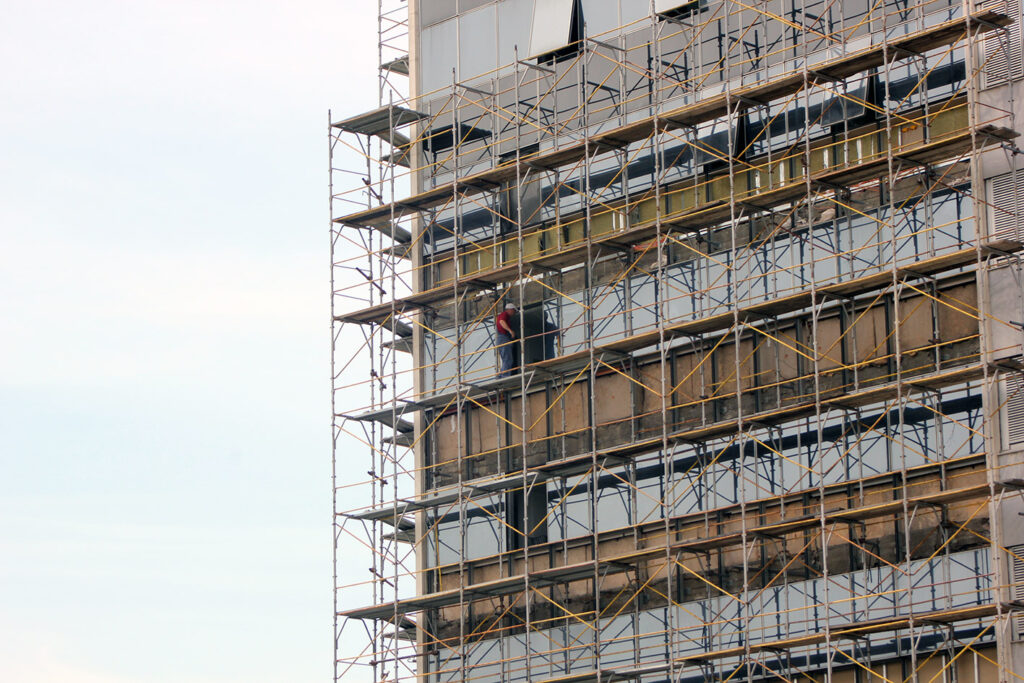
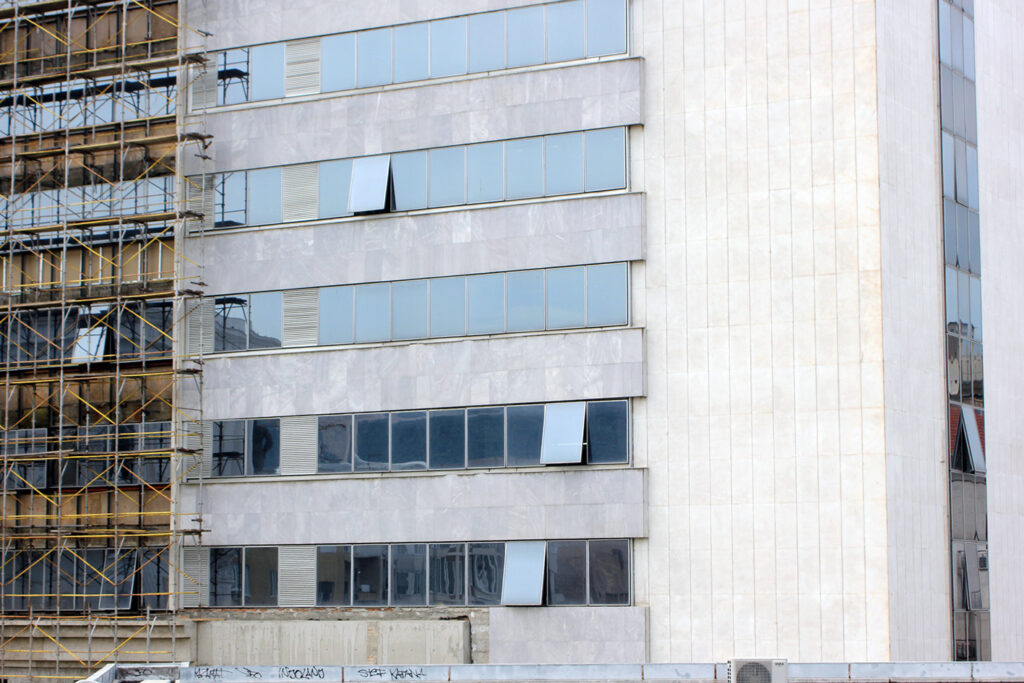
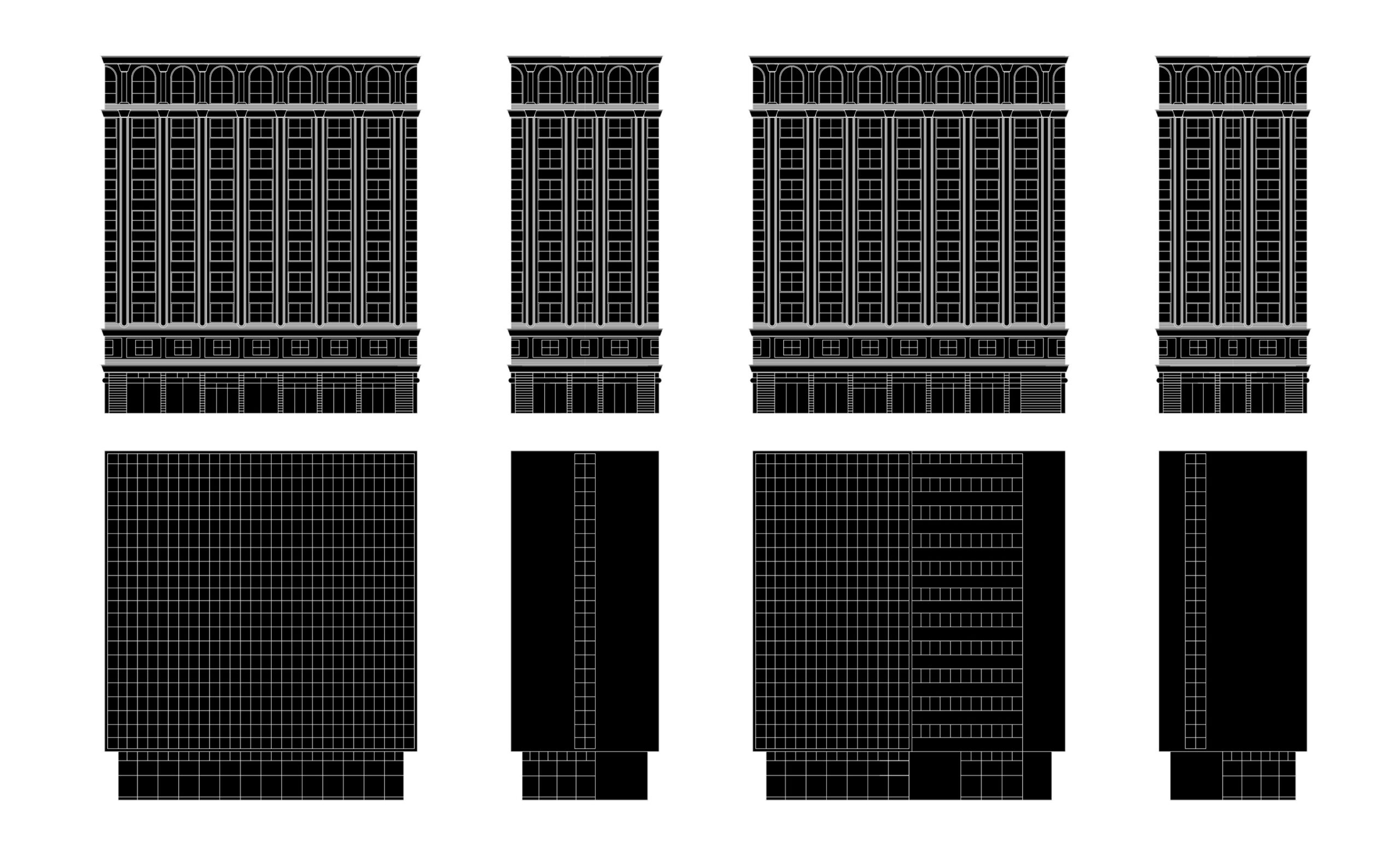
The building of the electric power companies EVN and ELEM was built in 1962, originally as the building for the Electric Power Company of Macedonia ESM, by the architect Branko Petričić. It is an example of an already existing urban artefact modified by the Skopje2014 project.
In terms of its historical context, it belongs to the period of postwar socialist renewal and industrialization -the second modernization episode of Skopje, when communism needed to gain its foothold and promote itself as the new political actuality.
The architect of this building, Branko Petričić was trained in the office of Le Corbusier, when the International Style was at its peak and he was strongly influenced by this architectural thought. Thus the modernism characteristics clearly visible in this example, like its rational thought, lack of historic references, modern architectural vocabulary, abstraction and usage of modern materials etc.
The facade, with a clear orthogonal grid, is the most characteristic feature of this building. It is the first curtain wall example in Macedonia. Regarding its materiality, it was built with a glass and marble facade.
In its plan, the building shows a simple and rational program distribution and clear division of the offices from the other services.
This is a building that is not just valuable because of the influences it has brought, but also because of its influence on the local architectural scene afterwards.
Today the electric power companies’ building is going through changes of its exterior appearance. By wrapping a new skin that speaks a different architectural language around it, the building is being reinvented as something new. The old glass and marble modernistic facade is being replaced by a facade that resembles a classical architectural style. The content of the building and its plan however, are not being changed. As there is change inflicted only on the exterior, which is the building’s feature that represents its modernistic roots in the most obvious way, one could conclude that the renovation has deeper ideological goals than simple maintenance and renovation. It is the building’s history that is being renovated and not its materiality. The facade renovation is currently ongoing and its author is Zharko Chaushevski.
To sum up, the building of the electric power companies EVN and ELEM is an urban artifact. It is a building that is a part of Skopje’s architectural history and is unmistakably a carrier of memories. It was a pioneer and a promoter of the International Style in Skopje, a witness of the postwar socialist modernization of the city, it is a storyteller and an evident part of the architectural image of the city, thus part of its identity. Today this identity is being remodeled by redressing this architecture as if it were the 1600’s. It is going through a process of reverse face-lifting, ‘benjamin buttoning’ towards something invented.
